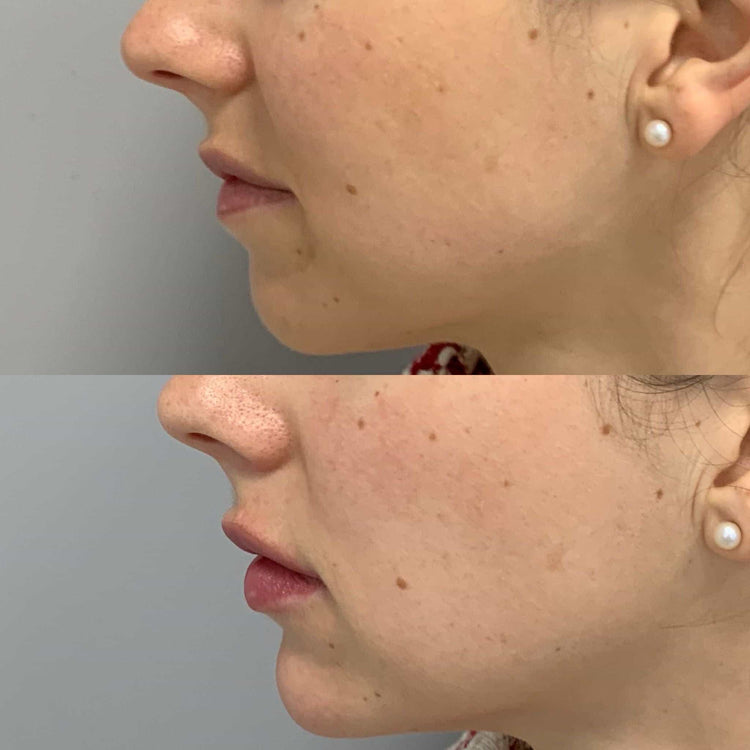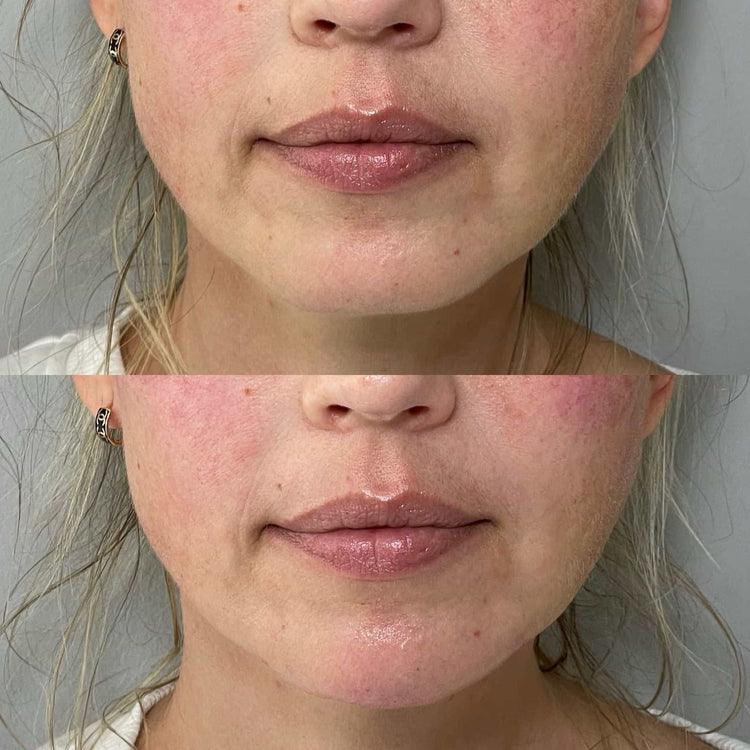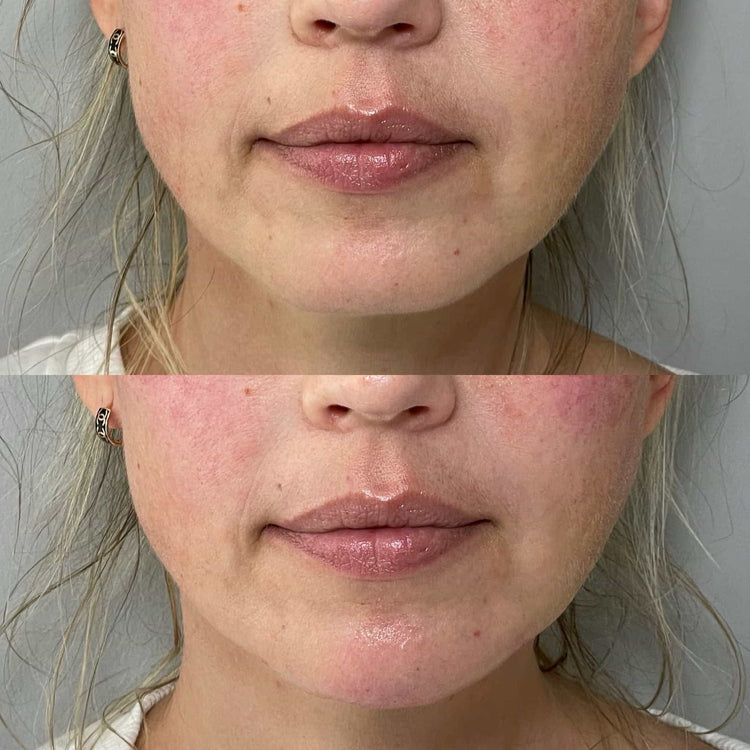Understanding Crow’s Feet

Crow’s feet, those fine lines that radiate from the corners of the eyes, are a common sign of aging. These wrinkles often appear as a result of repeated facial expressions, such as smiling or squinting, and can become more pronounced with time.
What are Crow’s Feet?
Crow’s feet are tiny, delicate wrinkles that form at the outer edges of the eyes. They radiate outwards, resembling the shape of a bird’s feet. These lines are caused by repeated muscle movements in the face, particularly around the eyes, which happen naturally as we smile, frown, squint, or blink. Over time, these repeated contractions lead to wrinkles developing in the skin.
Causes of Crow’s Feet
Crow’s feet are tiny, delicate wrinkles that form at the outer edges of the eyes. They radiate outwards, resembling the shape of a bird’s feet. These lines are caused by repeated muscle movements in the face, particularly around the eyes, which happen naturally as we smile, frown, squint, or blink. Over time, these repeated contractions lead to wrinkles developing in the skin.
The primary cause of crow’s feet is facial expressions. When muscles contract repeatedly, they pull on the surrounding skin, causing creases and eventually wrinkles. As we age, our skin loses elasticity, making it more susceptible to these wrinkles becoming more prominent.
Other contributing factors include sun exposure, smoking, and dehydration.
Sun damage breaks down collagen and elastin, the proteins that keep skin firm and elastic. Smoking also damages these proteins, accelerating the aging process and worsening the appearance of crow’s feet. Dehydration makes skin thinner and more prone to wrinkling.
Signs and Symptoms
Crow’s feet are fine lines that branch out from the corners of your eyes. They get their name from their resemblance to a bird’s feet. These wrinkles form due to repeated facial expressions like smiling, squinting, or frowning.
As we age, our skin loses elasticity, making these wrinkles more noticeable. Other factors that contribute to the appearance of crow’s feet include sun exposure, smoking, and dehydration.
Sun damage breaks down collagen and elastin, the proteins responsible for keeping skin firm and elastic. Smoking also damages these proteins, speeding up the aging process and making crow’s feet more prominent. Dehydrated skin is thinner and more prone to wrinkling.
How Anti-Wrinkle Injections Work
Anti-wrinkle injections, most commonly known as Botox, work by temporarily paralyzing the muscles responsible for facial expressions. When injected into a specific muscle, the neurotoxin blocks nerve signals that cause contraction, effectively reducing the muscle’s ability to move. This results in a smoothing of wrinkles and fine lines, such as crow’s feet.
Mechanism of Action
Anti-wrinkle injections contain a neurotoxin that temporarily blocks nerve signals responsible for muscle contractions. When injected into muscles that cause wrinkles, like those around the eyes responsible for crow’s feet, the neurotoxin prevents these muscles from contracting effectively. This reduces the formation of new wrinkles and softens existing ones.
The effect is temporary because the body naturally breaks down the neurotoxin over time. Treatment typically lasts 3-6 months, after which repeat injections are needed to maintain the smoothing effect.
Areas of Injection
Anti-wrinkle injections work by temporarily paralyzing the muscles responsible for facial expressions. They contain a neurotoxin that blocks nerve signals responsible for muscle contractions. When injected into muscles that cause wrinkles, like those around the eyes responsible for crow’s feet, the neurotoxin prevents these muscles from contracting effectively. This reduces the formation of new wrinkles and softens existing ones.
The effects of anti-wrinkle injections are temporary because the body naturally breaks down the neurotoxin over time. Treatment typically lasts 3-6 months, after which repeat injections are needed to maintain the smoothing effect.
Common areas for injection in treating crow’s feet include:
• The orbicularis oculi muscle: This muscle circles the eye and is responsible for closing the eyelids. Injections into this muscle can help reduce the appearance of crow’s feet wrinkles.
Benefits of Using Anti-Wrinkle Injections for Crow’s Feet
Crow’s feet, those fine lines that radiate from the corners of the eyes, are a common sign of aging often caused by repeated facial expressions. These wrinkles can become more pronounced over time. Anti-wrinkle injections offer a potential solution for smoothing these lines and reducing their appearance.
Reduction in Wrinkle Appearance
Anti-wrinkle injections, such as Botox, work by temporarily paralyzing the muscles responsible for facial expressions, including those around the eyes that cause crow’s feet. By blocking nerve signals that trigger muscle contractions, these injections reduce the movement of the targeted muscles, minimizing the formation of new wrinkles and softening existing ones.
The effects of anti-wrinkle injections are temporary as the body naturally breaks down the injected neurotoxin over time. Treatment results typically last for 3 to 6 months, requiring repeat injections to maintain the desired smoothing effect.
Anti-wrinkle injections can effectively reduce the appearance of crow’s feet, leading to a smoother and more youthful appearance around the eyes.
Increased Facial Symmetry
Anti-wrinkle injections, such as Botox, offer a minimally invasive solution for addressing crow’s feet. They work by temporarily paralyzing the muscles responsible for facial expressions, including those that contribute to the formation of crow’s feet. This reduction in muscle activity diminishes the appearance of fine lines and wrinkles.
In addition to smoothing crow’s feet, anti-wrinkle injections can also play a role in achieving increased facial symmetry. By strategically targeting muscles on both sides of the face, practitioners can help balance facial expressions and minimize asymmetry caused by muscle overuse or imbalance.
Improved Self-Confidence
Anti-wrinkle injections can significantly improve self-confidence by reducing the appearance of crow’s feet. These fine lines around the eyes are often associated with aging and can make individuals feel self-conscious about their appearance. By smoothing out crow’s feet, anti-wrinkle injections can create a more youthful and refreshed look, boosting self-esteem and allowing individuals to feel more confident in social and professional settings.
The improvement in appearance can lead to a more positive self-image and increased feelings of self-assurance. When people feel good about their looks, they tend to project more confidence and engage more comfortably in interactions with others.
Risks and Side Effects
Like any medical procedure, anti-wrinkle injections carry potential risks and side effects.
Common Side Effects
While generally safe when administered by a qualified practitioner, possible side effects include bruising, swelling, redness, and tenderness at the injection site. These are typically mild and temporary.
More serious side effects are rare but can occur. They may include drooping eyelids, uneven eyebrows, muscle weakness, or difficulty swallowing. It’s essential to consult with a healthcare professional to discuss potential risks and benefits before undergoing any treatment.
Potential Complications
Like any medical procedure, anti-wrinkle injections carry potential risks and side effects.
While generally safe when administered by a qualified practitioner, possible side effects include bruising, swelling, redness, and tenderness at the injection site. These are typically mild and temporary.
More serious side effects are rare but can occur. They may include drooping eyelids, uneven eyebrows, muscle weakness, or difficulty swallowing. It’s essential to consult with a healthcare professional to discuss potential risks and benefits before undergoing any treatment.
Considerations Before Treatment
Before considering anti-wrinkle injections for crow’s feet, it’s important to weigh the potential benefits against possible risks and side effects. Consulting with a qualified healthcare professional is crucial for a thorough evaluation of your individual needs and circumstances.
Consultation with a Qualified Practitioner
Considerations Before Treatment
- Medical History: Inform your practitioner about any medical conditions, allergies, or medications you’re currently taking. This helps them assess potential risks and contraindications for treatment.
- Realistic Expectations: Anti-wrinkle injections can soften crow’s feet but won’t completely erase them. Understand the limitations of the treatment and discuss realistic outcomes with your practitioner.
- Consultation: Schedule a consultation with a qualified practitioner, such as a dermatologist or plastic surgeon, specializing in anti-wrinkle injections. They will assess your individual needs, facial structure, and desired outcome to determine the most appropriate treatment plan.

It is crucial to consult with a qualified practitioner who can assess your individual needs, medical history, and desired outcome.
They will discuss the potential benefits and risks of anti-wrinkle injections, answer any questions you may have, and help you make an informed decision about whether this treatment is right for you.
Medical History Evaluation
Before considering anti-wrinkle injections, it’s essential to have a thorough medical history evaluation. This involves providing your practitioner with detailed information about your current health status, any pre-existing medical conditions, allergies, and medications you are currently taking.
This comprehensive assessment allows your practitioner to identify potential risks or contraindications associated with the treatment. For instance, certain medical conditions or medications may interact with anti-wrinkle injections, making them unsuitable for individuals with those specific circumstances.
Realistic Expectations

Before deciding on anti-wrinkle injections to address crow’s feet, it’s crucial to have realistic expectations about the treatment’s outcomes.
While these injections can significantly reduce the appearance of crow’s feet, they won’t completely erase them. The results are temporary, typically lasting 3 to 6 months, requiring repeat treatments to maintain the desired effect.
Procedure and Recovery
Anti-wrinkle injections offer a potential solution for addressing crow’s feet, those fine lines that radiate from the corners of the eyes. These injections work by temporarily paralyzing the muscles responsible for facial expressions, reducing the movement that contributes to wrinkle formation.
Treatment Process
The procedure involves injecting a neurotoxin into specific muscles around the eyes, which are responsible for causing crow’s feet. This neurotoxin temporarily blocks nerve signals that trigger muscle contractions, effectively smoothing out the wrinkles.
- A healthcare professional will cleanse and numb the area where injections will be administered.
- The anti-wrinkle injection is then delivered using a fine needle into the targeted muscles.
- Multiple tiny injections are usually required to achieve the desired smoothing effect.
Recovery from anti-wrinkle injections is typically quick and easy. There may be some mild side effects, such as bruising, swelling, or redness at the injection site, but these usually subside within a few days.
Patients can resume normal activities immediately after treatment.
Downtime and Recovery Period
Procedure and Recovery
Anti-wrinkle injections are administered in a quick and relatively painless procedure. A healthcare professional will cleanse the area around your crow’s feet and apply a topical numbing agent to minimize discomfort. Using a fine needle, they will then carefully inject small amounts of the anti-wrinkle solution into specific muscles responsible for wrinkle formation.
The number of injections required varies depending on the severity of the wrinkles and individual treatment goals. Patients typically experience minimal downtime after the procedure. You can usually resume your normal activities immediately, although it may take a few days for the full effects to become visible.
Downtime and Recovery Period
Anti-wrinkle injections are known for their short recovery period. Most people experience minimal bruising or swelling that subsides within a few days. You can typically return to your regular activities immediately after treatment, including work, exercise, and social events.
It’s important to avoid touching or rubbing the injection sites, as this can increase the risk of bruising or swelling. Your practitioner may provide specific post-treatment instructions, such as avoiding strenuous activity for a few days or applying ice packs to reduce inflammation.
Book your wrinkle treatment with Dr. Laura Geige at It’s Me & You Clinic for smoother skin
- What Are The Alternatives To Nasolabial Fillers? - October 30, 2025
- Understanding Gaslighting In The Context Of Romantic Relationships - October 27, 2025
- The Role Of Collagen Stimulation In Non-Surgical Bum Lifts - October 25, 2025
